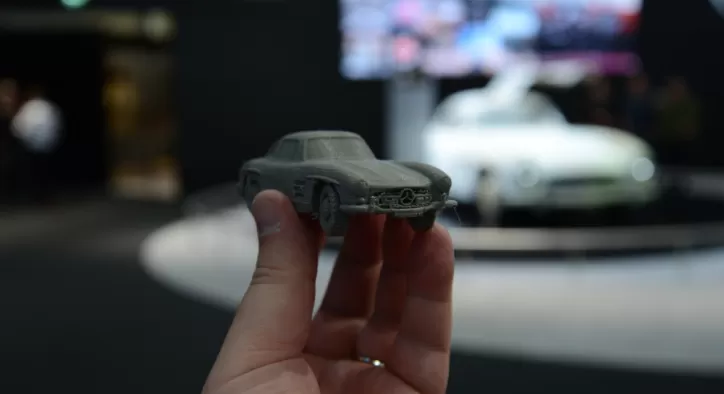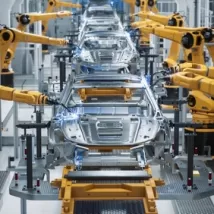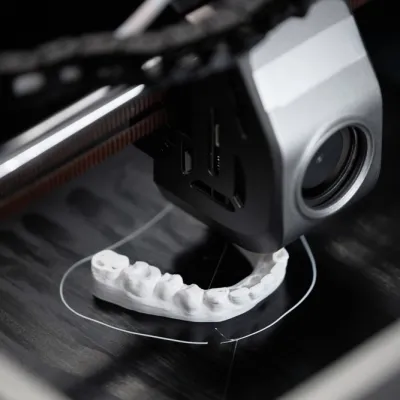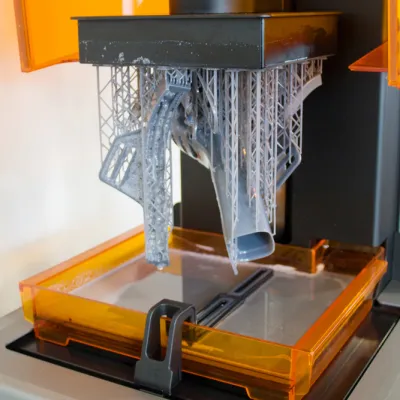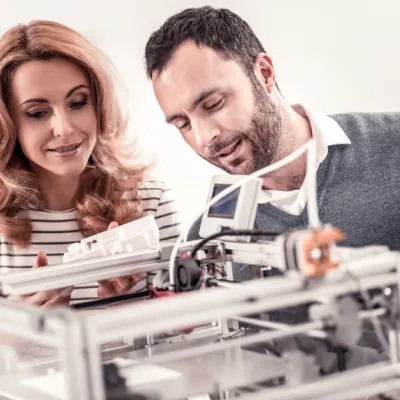- Konu Başlıkları
- Difference Between 3D Printing and Prototype: Which Technology is More Suitable for You?
- Differences Between 3D Printing and Prototype
- 3D Printing and Prototyping: Which Technology Should Be Used in Which Situation?
- Key Differences Between 3D Printing and Prototyping
- 3D Printers and Prototyping
- Understanding the Difference Between 3D Printing and Prototype - The Main Difference
- Advantages and Disadvantages Between 3D Printing and Prototyping
- 3D Printing Advantages
- Prototype Advantages
- Prototype Advantages
- 3D Printing and Prototyping
Difference Between 3D Printing and Prototype: Which Technology is More Suitable for You?
Today, technology is advancing rapidly and offers innovative solutions in many areas. One of these solutions is 3D printing technology. However, many people are still confused about the difference between 3D printing and prototype. In fact, although these two concepts are often confused, they are separate processes used for different purposes. In this article, we will examine the differences between 3D printing and prototyping in depth and explain under what conditions you should prefer both technologies.
[widget-131]
Differences Between 3D Printing and Prototype
First, we need to take a look at the basic meanings of the words 3D printing and prototype. 3D printing is the process of converting a digital model into a physical object using a layer-by-layer printer. This technology attracts attention especially with its fast production and low-cost production processes. On the other hand, the word prototype refers to the first model of a product or system. Prototypes are generally used for testing, improving and finalizing the design.
The difference between 3D printing and prototype stem from the different purposes of use of these two technologies. The differences between 3D printing and prototyping are as follows:
Purpose: While 3D printing allows you to transform your designs into a physical object, a prototype is usually the first sample used to test a concept.
Speed: Prototyping with 3D printing is usually a fast process. After creating your design in a digital environment, the printer can create the prototype in just a few hours. This is a great advantage, especially for rapid prototyping.
Cost: Prototyping with 3D printing can be much more economical compared to traditional production methods. The cost of prototype production can vary depending on the material used and the complexity of the design.
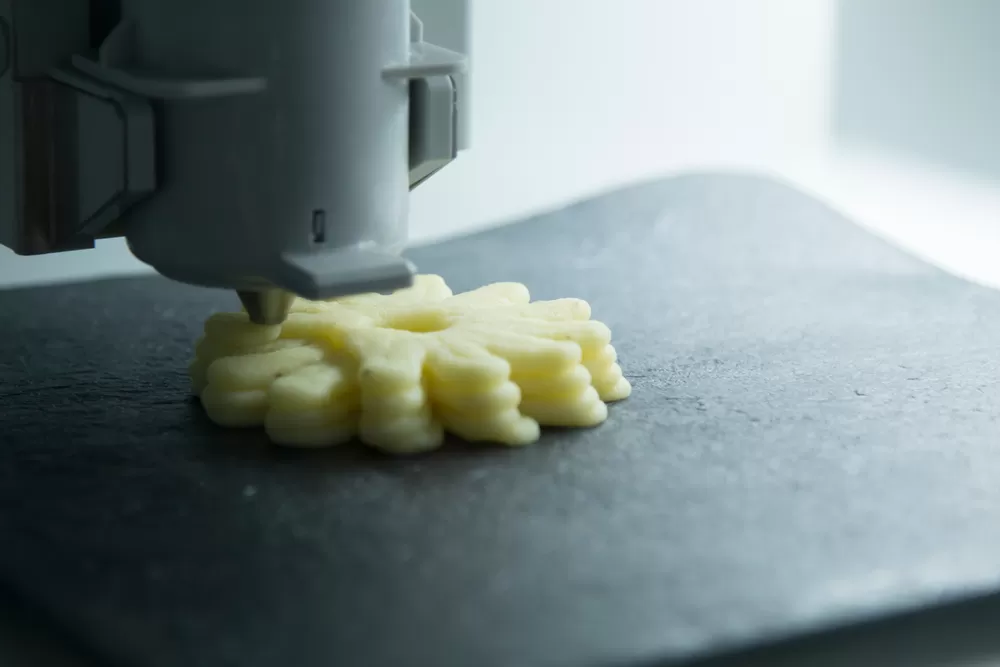
3D Printing and Prototyping: Which Technology Should Be Used in Which Situation?
Let's take a look at the areas of use of each to understand the difference between 3D printing and prototyping more clearly. If your goal is to quickly create a model at the beginning of your design process, 3D printing can come into play at this point. You can send your design to the printer in 3D and obtain a physical model in a short time. This way, you can get an idea about the appearance and functionality of the design at an early stage. However, if your goal is to do more testing for the final version of a product and evaluate the product from different angles several times, prototype production will be more appropriate. The purpose of prototypes is to develop the design, detect possible errors and produce solutions. In this process, 3D printers also play an important role in prototype production, but are generally used in long-term projects that require more detail.
Key Differences Between 3D Printing and Prototyping
Another important point frequently mentioned about the difference between 3D printing and prototyping is the type of production process. In order to see the differences between 3D printing and prototyping more clearly, it is necessary to take a look at the production process. 3D printing usually creates a detailed model by producing in layers. This process provides a great advantage, especially for those who want flexibility and speed in design.
On the other hand, the prototyping process can usually be more complex and can go through multiple stages. Prototyping is usually not limited to just a single model; different versions of the design can also be produced and tested.
3D Printers and Prototyping
3D printers are an important tool in the prototyping process. The difference between 3D printers and prototyping is related to how the printer will be used. 3D printers are a very fast way to create a prototype. At the same time, prototype production becomes much more efficient thanks to 3D printing. Designers can observe the functionality by testing with the help of the printer while creating their prototypes.
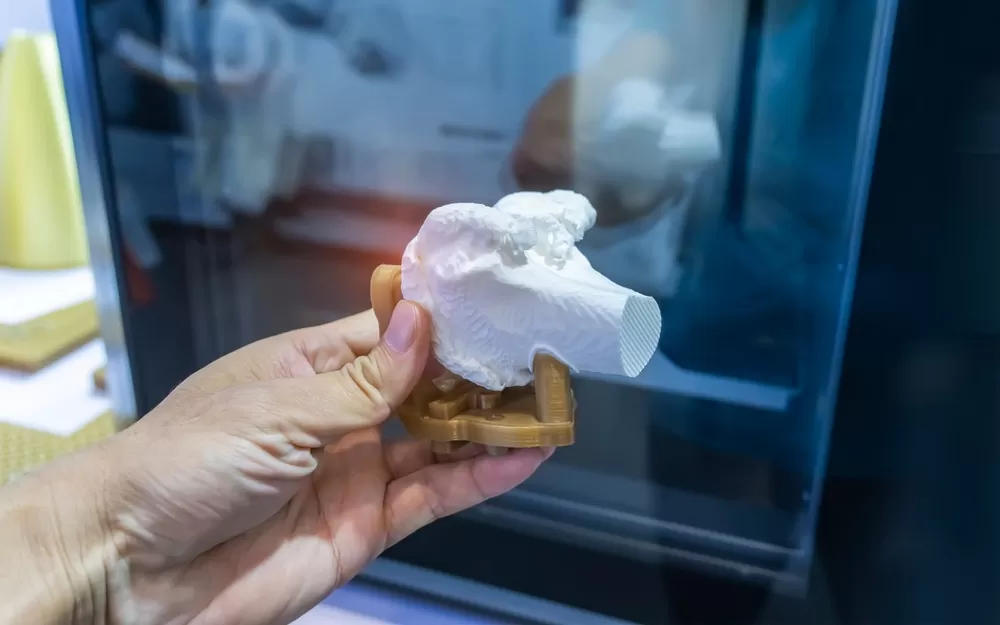
Understanding the Difference Between 3D Printing and Prototype - The Main Difference
The differences between 3D printing and prototyping vary depending on the specific purpose of use and the requirements of the design. While 3D printing offers a fast and economical production process, prototype production requires more detailed tests and developed designs. While 3D printing is generally preferred in the rapid prototyping stages, prototype is necessary for the development of the design and bringing it to the final stage.
If you are still undecided about the difference between 3D printing and prototype, you should consider the requirements of your project to determine the technology you need. Speed, cost, and complexity of the design will help you determine which technology you should choose.
Advantages and Disadvantages Between 3D Printing and Prototyping
3D Printing Advantages
Rapid Production: The difference between 3D printing and prototype continues from the rapid progress in production time. You can quickly transform your designs into physical objects that undergo digital deformation. In this way, prototype production is much faster.
Low Cost: The difference between 3D printing and prototyping shows itself here. 3D printing generally allows for lower cost prototype production. This is a great advantage especially for small changes and early stage prototypes.
Flexibility and Easy Change: 3D printing allows for changes in circulation and test recording opportunities. The difference between 3D printing and prototype is quite obvious from the design perspective.
Early Stage Tests: 3D printers and the prototyping process allow for rapid testing in the early stages of design. You can evaluate the design by making it with rapidly produced prototypes.
Ease of Design Development: The difference between 3D printing and prototyping is that it offers rapid improvement opportunities at low cost in the design process. The design can be improved by detecting errors in the early stages and correcting them.
Simple Production Process: The difference between 3D printing and prototyping is that you can switch to permanent physical production with only a digital file. This makes the production process fast and easy.
3D Printing Advantages
Limited Complexity: The difference between 3D printing and prototype is related to not being able to produce some complex structures. Especially in very detailed and multi-part structures, it may not be fully produced with 3D printing.
Material Option: The difference between 3D printing and prototyping is also evident with the variety of materials used. It is difficult to manufacture with high-quality products and features that have limited durability are used.
Design Errors and Approvals: The differences between 3D printing and prototypes are that errors and mistakes made in design can sometimes be expensive. If the design shows an error, the cost of the components of this error can be covered with additional costs.
Quality Control: The design can be made depending on the quality of the printer. The difference between 3D printing and prototyping can be explained by the quality variability in the production process.
Basic Tests: The difference between 3D printing and prototypes is usually limited to basic tests. Prototype production may be more appropriate to allow in-depth testing.
Prototype Advantages
Detailed Tests: Prototype production allows detailed tests of the design to be performed. In real-world conditions, it is possible to test functional features completely. The differences between 3D printing and prototypes are evident with the scope of the testing process.
Material Variety: The differences between 3D printing and prototyping are the variety of materials used and their availability. Prototype production can be done with different durable features.
Real World Tests: The difference between prototypes and 3D printing is that prototypes can be tested in real world conditions. These tests are of great importance from the design perspective.
Advanced Testing Processes: 3D printers and the prototyping process allow for more advanced testing options. All functional features of the design can be checked in detail.
Design Development: Thanks to prototypes, the design process can be tested and adjusted more. The difference between 3D printing and prototypes offers more options for the progress of the design.
Various Production Methods: The difference between prototypes and 3D printing is that prototypes can be created with different production methods. This diversity can make the production process more efficient.
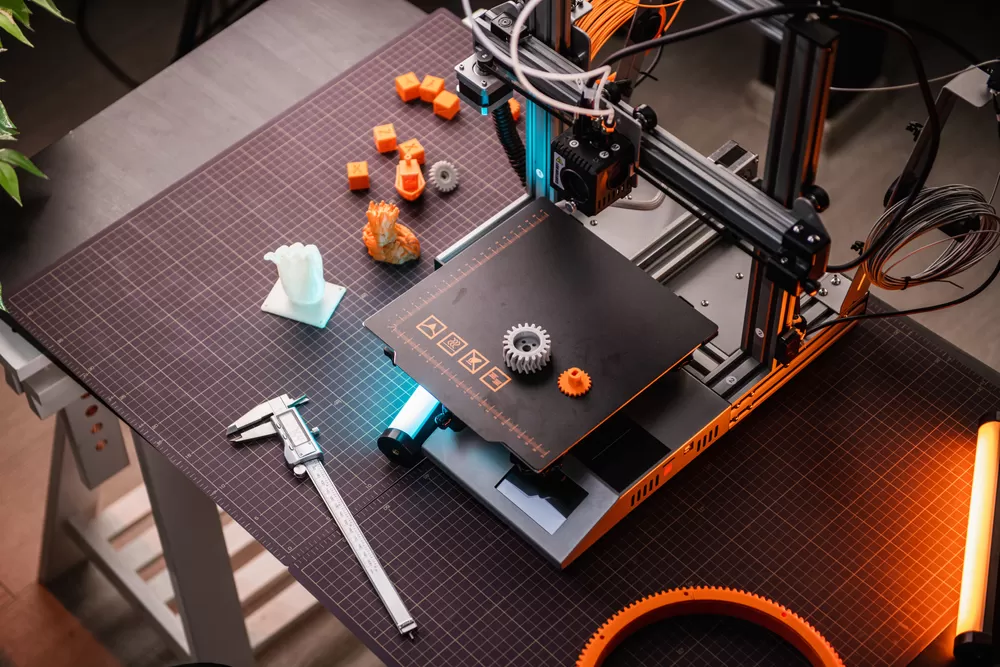
Prototype Advantages
Long Production Time: Prototype production usually takes a longer time. This is a significant disadvantage of the difference between 3D printing and prototypes.
High Cost: The difference between 3D printing and prototyping is that prototype production is more expensive. The material and labor costs used can be increased even more.
Traditional Production Requirement: Prototype production requires more material and labor. The difference between 3D printing and prototypes is due to the physical labor required by the production process.
Complex Manufacturing Process: The manufacturing of prototypes is usually more complex and time-consuming. The difference between 3D printing and prototyping is the durability of the manufacturing process.
Limited Versions Only: Prototyping usually allows only a few version prototypes to be delivered. This manifests itself in different ways between 3D printing and prototyping.
[widget-136]
3D Printing and Prototyping
Both technologies offer different advantages. When you correctly understand the differences between 3D printing and prototyping, you can choose the most suitable solution according to the needs of your projects. Understanding the differences between 3D printing and prototyping can make your manufacturing processes more efficient and save you time and money. Therefore, you can develop your projects in the best way by using both technologies.

